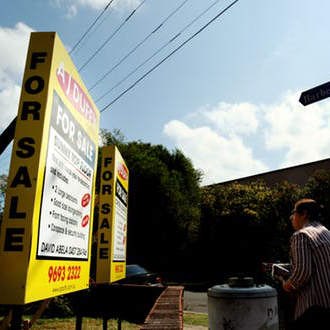The income tax treatment of housing assets: an assessment of proposed reform arrangements
This report models several potential transitional arrangements that may ease the distribution pressures arising from reforms to negative gearing and capital gains tax (CGT) reform, and help smooth a reform pathway that is more politically acceptable.
Negative gearing and CGT discount benefits are currently heavily skewed towards those who are more affluent, raising concerns around the extent to which such policies exacerbate income and wealth inequality among the Australian population.
We model a progressive rental deduction reform whereby ‘mum and dad’ investors receive greater access to generous tax concessions than ‘sophisticated’ investors on higher income and wealth levels. The progressive rental deduction reform cushions ‘mum and dad’ investors from significant drops in tax savings and will moderate adverse impacts on their economic wellbeing in comparison to a blunt cap on rental deductions.
A progressive rental deduction reform has the potential to reduce inequities in the current negative gearing system by reducing tax savings by proportionately greater amounts for those with higher income or property asset levels. However, progressive rental deduction reforms are likely be administratively more complex to implement than a rental deduction cap. The former may also blunt incentives to work by investors.
A reduction in CGT discount will also have the potential to reduce inequities within the current system that favour higher income earners compared to lower income earners. A gradual reduction in the CGT discount would ‘soften’ the impact of the CGT reform by providing a transition pathway that raises the after-tax economic cost of holding rental investment housing incrementally.







